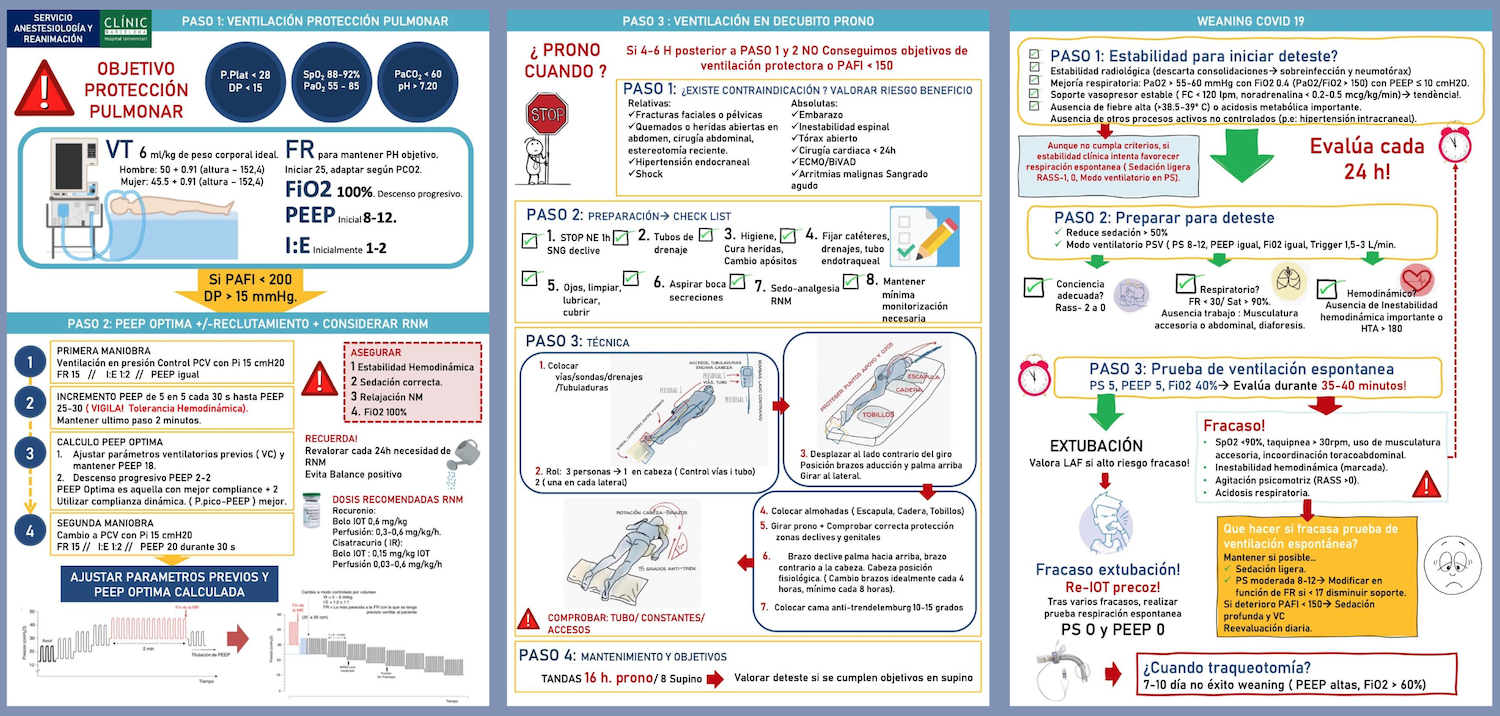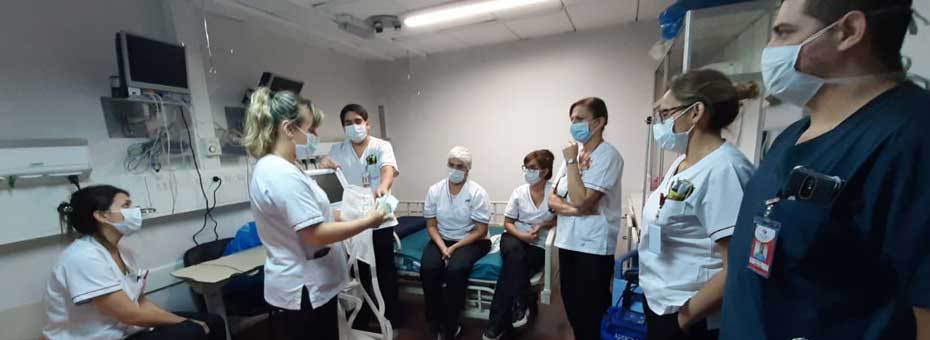By Cristina Adalid Fontcuberta, Flávio Battaglia, Denise Bennett, Oriol Cuatrecasas, Alice Lee, Dr Carlos Frederico Pinto and Dr Javier Sala Mercado
Continuing education and recertification is inherent in every healthcare professional’s career but rarely is it as urgent as during the Covid-19 pandemic response. Building new skills fast–including bringing new team members up to speed, sharing new practices and protocols to address new demands, and learning how to learn day by day–requires new approaches. A global network of lean practitioners and coaches compiled a quick list of must-do best practices that will help you ensure your team quickly masters what they need to know.
This post is part five of a seven-part series. For more quick tips developed at the hospital gemba by lean healthcare professionals, see the first four parts:
Part 1: Designing the Patient Flow to Fight Covid-19
Part 2: How Hospitals are Leveraging Visual Management in the Battle Against Covid-19
Part 3: Creating Standardized Work to Ensure Safety, Quality, and Efficiency
Part 4: How Short, Structured Communication Cycles Help Hospitals Solve Problems, Offer Support to Staff
Build skills fast with a people-development plan
- Plan for how you onboard and train new team members. As doctors who left for non-hospital work or retired doctors come back into hospital service, together with other specialty physicians or new medical school graduates, you will need to provide orientation and knowledge to enable them to be productive as quickly as possible.
- Leverage visual standards to train quickly and run on-the-spot assessments to evaluate attainment of the standard.
- Bring the right knowledge to professionals – no more, no less. Not everyone needs to know everything at once, to avoid information overload and make it clear what people should focus on. At the same time, transparency is key and everyone should be giving the lowdown on what’s happening in the organization.
- Take the time to capture lessons learned each day in a structured way (i.e. through the huddles). It can save you a huge amount of time tomorrow as you further improve and learn. Learning is one of the most precious things that happens in burning platform situations.
- Recognize the importance of every small improvement and understand that quick action accompanied by quick course correction (as you learn what works best, through rapid-cycle PDCA) is the way to achieve success.
EXAMPLE 1 – ARGENTINA Chinese research on the virus indicated fever and cough as the main symptoms of the infection, but there have been several covid-19 cases in the USA and Argentina that showed different symptoms (such as headache, fatigue, diarrhea and less cough). The virus might express itself in different ways in different places, which is why it’s important to capture data. In a hospital in Argentina, for each suspected Covid-19 patient (we have a 24-hour delay to the PCR results), the team is using tablets to record symptoms in each examination room and then uploads them on a simple document on Google Drive. This information (what symptoms, how long they took to appear, etc) is updated in real time and we expect it to be incredibly useful for us to learn quickly.
EXAMPLE 2 – SPAIN Visuals to train the different teams on each of the stages and main operations for ventilation, and when to do it.






